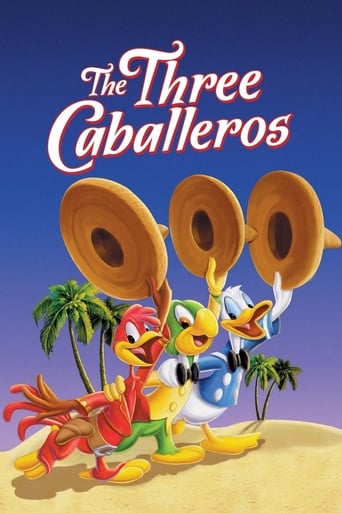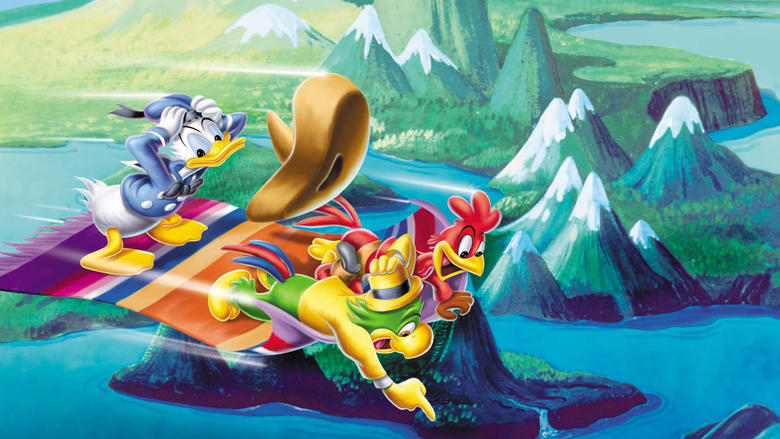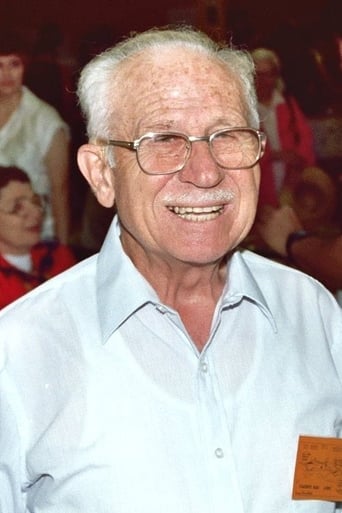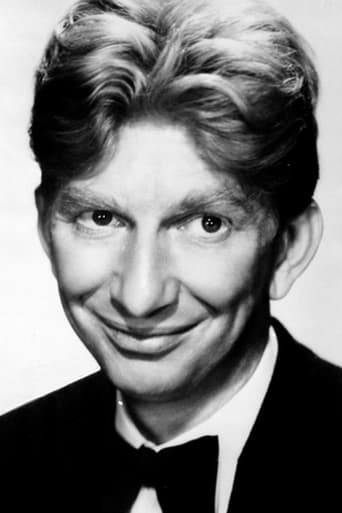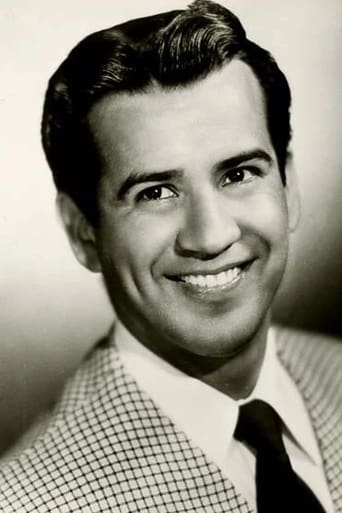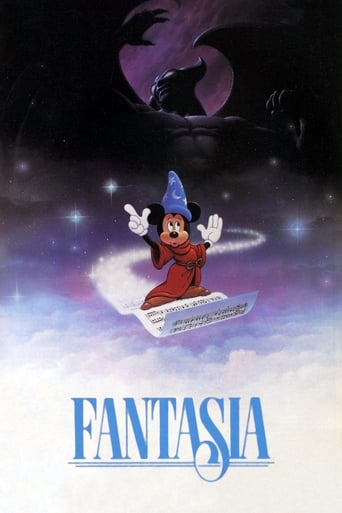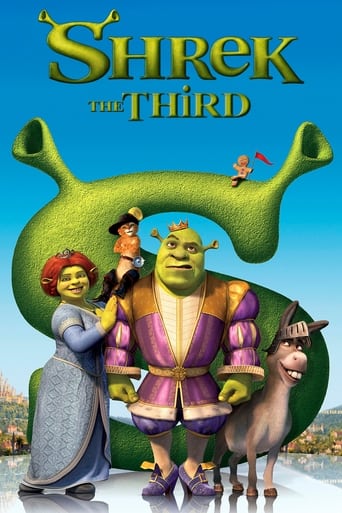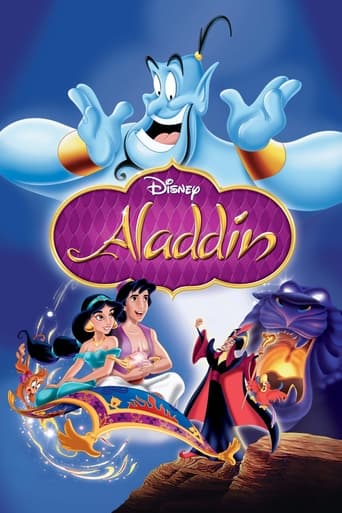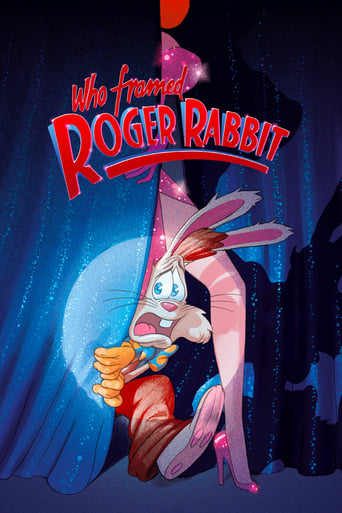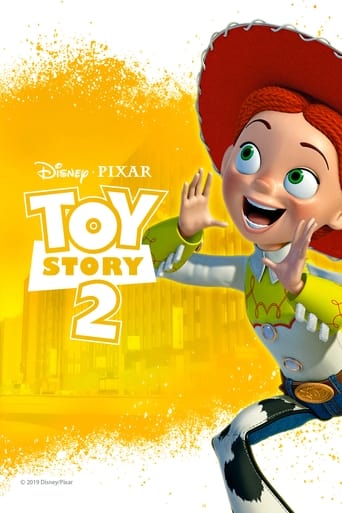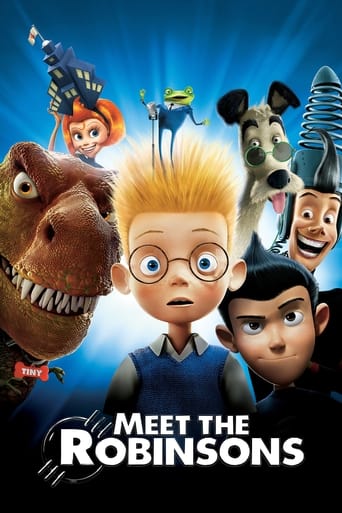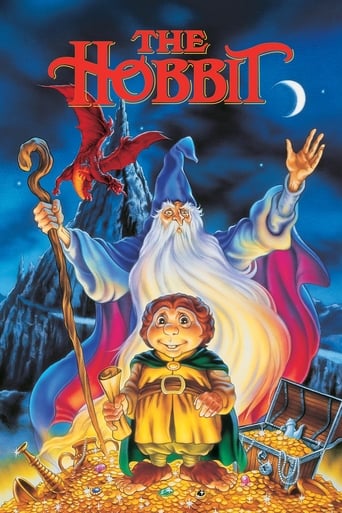The Three Caballeros (1945)
For Donald's birthday he receives a box with three gifts inside. The gifts, a movie projector, a pop-up book, and a pinata, each take Donald on wild adventures through Mexico and South America.
Watch Trailer
Cast


Similar titles
Reviews
So the idea behind making "The Three Caballeros" was that Disney was building goodwill with Latin America. I suspect that most of the people in hispanophone and lusophone America who saw it left the theater thinking "Disney has a weird idea of goodwill." Basically, it makes the region look like a nonstop party, always populated by sexy women. The representatives are a pair of exuberant birds: a suave Brazilian parrot and a hyperactive Mexican rooster. A real look at Latin America would focus on colonialism and poverty. To be certain, Brazil bulldozed favelas to make room for the World Cup stadium (which will probably never get used again).I know, this movie wasn't really meant to be serious. Even so, pushing stereotypes is not an authentic way to build goodwill.
"The Three Caballeros" is one of the most unusual of oddities in the Disney animated canon. It's arguably the package feature which requires to be seen altogether the most (that is not to say that these such films deserve to go cut up and remain only viewed as separate short subjects and featurettes; it's just that they could and have easily been viewed as separate things). Regardless, it still doesn't have much of a plot. Donald Duck receives a whole load of birthday presents from his friends in Latin America, the first of which he opens being a film reel exhibiting short subjects concerning Latin American themes and stories. However, the film soon deviates as Donald's eccentric friends Jose Carioca (a parrot from Brazil) and Panchito (a rooster from Mexico) arrive and via the use of some magic gifts transport Donald to their respective countries, where live-action actors and animated settings and beings interact. In my opinion, the second and third acts of the film (the first act being the assorted short films) cannot really be viewed out of context, so in some ways, the film walks the line between single story feature (such as "Snow White", "Pinocchio", "Dumbo" etc) and package feature.For those who don't know much about the context in which the film was made (I suspect that most people who are visiting this page, however, are animation buffs who will know a bit about this film), "The Three Caballeros" was, like the earlier "Saludos Amigos" (a similarly unusual entry in Disney's library of animated features), a by-product of the American government pressuring Disney to create films based around Latin American themes in order for the USA to woo neutral South America during the Second World War away from anything Axis, and respectively also make Yankees appreciate all things South of the Border. There are hints to the propaganda purposes (such as the general "OMG, aren't Mexico and Brazil so cool?" tone as well as the birds of South America being dubbed "Donald's cousins"), but overall, the film doesn't seem too dated, or as much as everyone says it has."The Three Caballeros" is actually rather surreal. I honestly believe that such a far-out film would never get made today by such a prominent studio. It's the trippiest of Disney's animated classics easily. "Alice in Wonderland", as everybody jokes, is a bit of an LSD-fest in places, but its storybook roots keep it from seeming like the result of drinking something from a bottle marked "DRINK ME". And the high-brow spirit of "Fantasia" and its Rackham-esquire look has always prevented me from labelling it as truly trippy. Much of "The Three Caballeros", however, is so crazy that I wondered if I'd taken something by accident. The main background throughout the film is vague, changing colour to suit the mood of the scene, and the animation has no limits most of the time (for example, inanimate objects and things come to life like random, the laws of physics are disobeyed very much so and characters morph and multiply at the drop of a hat). There's even some early experiments with mixing animation and live action thrown in. Some of it is kinda lame - Aurora Miranda, playing a Brazilian cake seller, looks like she's simply walking in front of a screen where footage of Donald Duck is playing - however, some effects are quite good, such as animated cockerels morphing into live men.Overall, "The Three Caballeros" is a good film. Admittedly, the first act doesn't match the second and third act very well (it actually seems like left-overs from the tamer sister-film "Saludos Amigos", and some of the surrealism gets a bit too baffling to watch (the final ten minutes or so is an example of this sort). And not knowing any Portuguese, Jose Carioca can be difficult to understand, as he often spurts out the odd word or phrase in his native language. Yet the film is most certainly still worth watching, and makes for quite an underrated piece. Also recommended is "Blame it on the Samba" from 1948's "Melody Time". Whilst generally quite a dull package film, that segment is excellent. I believe that it was planned for "The Three Caballeros", though didn't surface until a few years later.
The 7th animated Disney classic is clearly not one of Disney's best works. Nevertheless, it is one of their most different. I guess I can say that this movie has something to offer.This must have been the very first movie that combines live-action with animation... or at least one of the first movies to do so. This combination works out reasonably, but some movies are more successful in this "marriage": for example, "Who Framed Roger Rabbit", "Pete's Dragon", "Mary Poppins" and the documentary "Man, Monsters and Mysteries". As much as this is true, it isn't any less true that this combination in "The Three Caballeros" works out clearly better than in "Space Jam", for example.Without being a super movie and despite the fact that this movie doesn't age as well as most Disney animated classics ("Pinocchio", "Fantasia", "Bambi", "The Aristocats", "Robin Hood", "The Rescuers", "The Fox and the Hound", "The Little Mermaid", among many others...), it is however a curious and peculiar little film.The most interesting thing about this movie is that it takes us through Latin America, mostly Brazil and Mexico.The story takes place on Donald Duck's birthday and he receives lots of presents: shorts about tropical Latin America, different kinds of birds, etc... and he's joined by José Carioca aka Zé Carioca (the green parrot) and later by Panchito Pistoles (the pistol-packing red rooster). José Carioca represents Brazil and takes Donald Duck to Baía, while Panchito represents Mexico and takes both Donald Duck and Zé Carioca to Mexico.During its last 15 minutes more or less, the movie gets gradually less interesting, becoming somewhat empty and lame, with things that don't make much sense to me.By the way, this movie has some fabulous artwork. The "three caballeros" are very well designed (Donald Duck is very well drawn now) and the artwork of Latin America is spectacular. For example, Baía is very beautifully drawn, with gorgeous sunset, life, great monuments and a romantic atmosphere at the sound of a beautiful song with the same name as the city/village.There's also some great voice actors: the inimitable Clarence Nash as Donald Duck, José Oliveira as José Carioca and Joaquin Garay as Panchito. Just for the record, Joaquin Garay is the father of Joaquin Garay III (Paco from "Herbie Goes Bananas").
Yippie-ey-ya! This has got to be one of Disney most best ever short story movies! Not only is it educational but it is also fun and dazzling with colours. The fiesta starts when Donald gets three presents from his friends in Brazil. One of them contains short stories from South America like "The Flying Donkey" and "Pablo the Cold Bloodest Pengiun", the second pops out his good friend from the 1943 film "Saludos Amigos", Jose Carioca, as I said, one of Walt's best 1940's characters shows him around South America in the storybook then the bizarreness begins when Panchito the rooster comes out of the third present with guns a blazing! It all turns into a Topsy-turvy South American Mania!! Yowee! Along the way, it was the first film in history to use cartoon characters mixing in a normal world environment as Donald fall for a real life Mexican actress. That must have been big new sign of technology back in those days. In remember as old photo in England from July, 1945 when people were sadly queueing up for rationing and the Three Caballeros was up on a billboard behind them being advertised. That must of brought them joy during the most hardest of time. I strongly recommend this movie and if you don't like it, then you're a bean-head! 10/10

